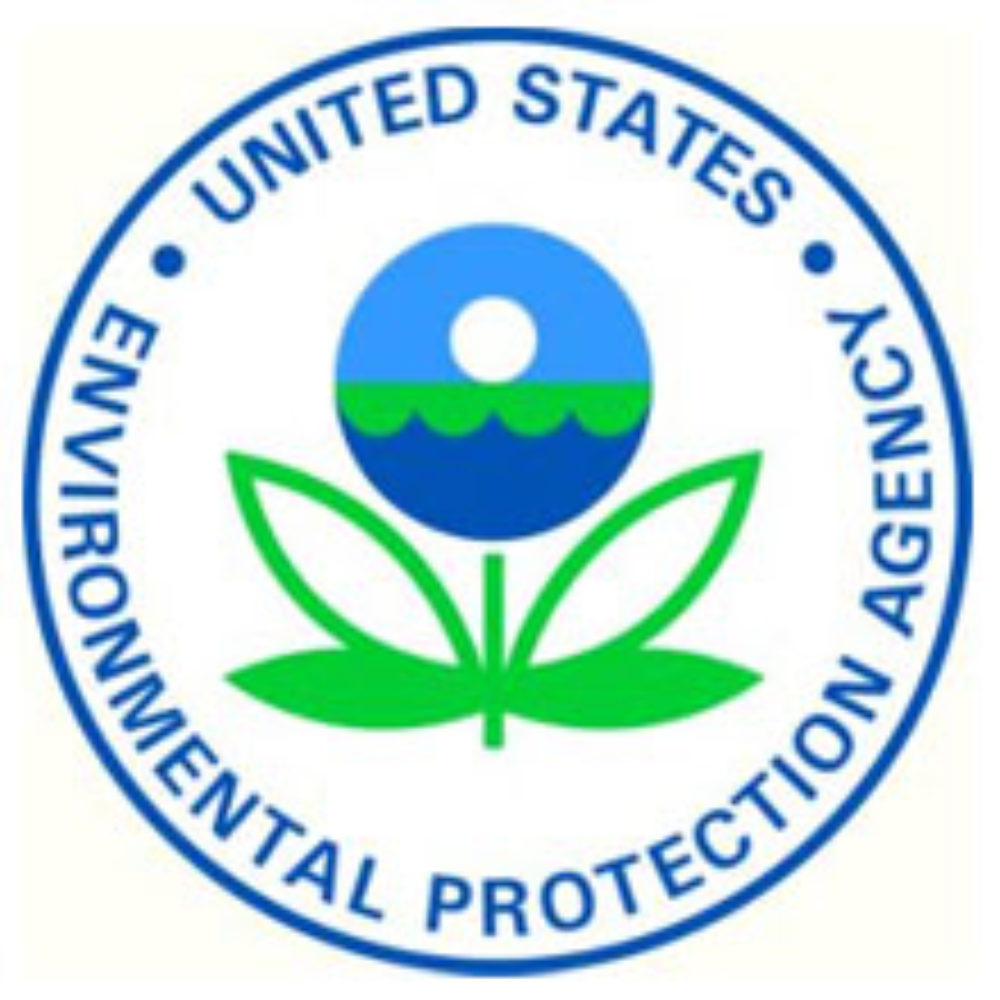Lead Paint Settlement Reached Over EPA Violations in Rental Homes

Federal environmental regulators have reached a $75,000 settlement with a California rental company that failed to tell tenants that their children may be exposed to a risk of lead paint poisoning.
The settlement was announced on October 4, following a complaint brought by the U.S. Environmental Protection Agency (EPA) against J.D. Home Rentals for violating the federal Toxic Substances Control Act.
According to the EPA, J.D. Homes manages 12 rental properties in the Fresno and Clovis areas where lead paint was present on windows. However, families that moved into the properties were not properly informed of the potential hazard, as required by law.

Learn More About
Children diagnosed with lead poisoning after exposure to peeling or chipping lead paint in a rental home may be entitled to financial compensation and benefits.
Learn More About this Lawsuit SEE IF YOU QUALIFY FOR COMPENSATIONInspectors found 31 violations at the 12 properties. The properties are home mostly to Hispanic and Hmong families, most of which had children under the age of six living in the rentals. Young children are most susceptible to developmental problems from exposure to lead paint.
The settlement requires the company to pay a $7,500 penalty and it has to spend $67,500 to replace windows covered with lead paint with new energy efficient windows. The company has one year to replace the windows and must update the EPA on it progress every three months.
One of the more common causes of lead exposure in the United States is lead paint, which was banned in 1978 due to the risk of severe and permanent brain damage and developmental problems, particularly in children. However, a number of older homes still contain the toxic paint on the walls, and if it flakes or peals off, young children could ingest the paint chips or breathe dust that comes from the paint, resulting in lead poisoning.
Lead poisoning can result in nervous system injury, brain damage, seizures or convulsions, growth or mental retardation, coma and even death for young children. The U.S. Centers for Disease Control and Prevention (CDC) consider 10 milligrams of lead per deciliter of blood to be the level of concern for exposure to lead. The CDC estimates that approximately 250,000 children in the U.S. have blood lead levels that high or higher.
Get more articles like this sent directly to your inbox.
"*" indicates required fields






0 Comments